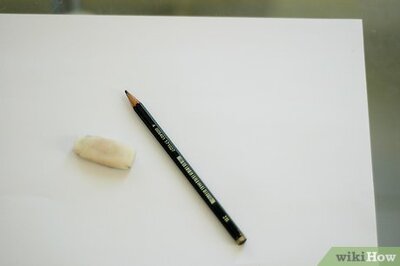
views
On Gandhi Jayanti, as the sun rose over the historical city of Uttar Pradesh’s (UP) Rampur and a sense of reverence filled the air for the Father of the Nation, the people of Rampur — in a time-honoured tradition — donned the iconic ‘Gandhi topi’ to honour Mahatma Gandhi on his 155th birth anniversary.
Historians say it was Rampur that gifted Bapu the iconic cap, which later turned out to be a powerful symbol of India’s Independence movement before being known worldwide as ‘Gandhi topi’.
The story behind the topi
Kashif Khan, a renowned historian from Rampur with extensive knowledge of the region’s history, said the story dates back to 1919 during Mahatma Gandhi’s vigorous campaign for swaraj or ‘self-rule’. “As he travelled extensively to unite various classes and religious sects, particularly Hindus and Muslims, he visited Rampur to meet Sayyid Hamid Ali Khan Bahadur, the nawab of the princely state of Rampur from 1889 to 1930, at Kothi Khas Bagh,” Khan told News18.
Mahatma Gandhi’s visit to Rampur, Khan said, was celebrated as a grand festival. The Nawab made elaborate arrangements to welcome him, decorating the streets and monumental gates at the city’s entrances, while Kothi Khas Bagh was beautifully adorned for the occasion.
“During his visit, Gandhi was informed about a tradition in the Nawab’s court requiring guests to cover their heads while meeting him. This however put Bapu in a dilemma as he had nothing to cover his head at that moment. The people from the Nawab’s court began a frantic search in the markets of Rampur to find a suitable cap for Mahatma Gandhi. However, those tasked with the mission faced difficulties as none of the caps they brought fit him properly,” said Khan.
Abadi Begum Stepped In
Bapu’s dilemma, Khan said, soon reached the ears of Abadi Begum, mother of the Ali brothers, Mohammed Ali and Shaukat Ali, who later led the Khilafat movement. She stepped forward to assist Mahatma Gandhi by knitting a special cap for him, which eventually became known as the iconic ‘Gandhi topi’.
He said the Gandhi topi also emerged as a powerful symbol of the Independence movement, prompting the British government to attempt to impose a ban on it in order to curb its growing popularity. Despite these efforts, the appeal of the ‘Gandhi topi’ could not be suppressed, and it remains a fashionable choice among politicians to this day.
Symbol of Independence movement
The Gandhi topi — a white side cap made of khadi and pointed at both ends — became a lasting symbol in India’s political culture. “Gandhi-ji’s iconic cap became popular during the non-cooperation movement (1920-1922) when it became a standard part of Indian National Congress attire,” said Dwijendra Ram Tripathi, a senior Congress leader who strongly believes that “Gandhi topi is not just a cap, it’s Gandhian ideology which symbolises self-reliance, Swadeshi, cultural pride, and solidarity and non-violence”.
Demand rose after Independence
Gandhi cap’s popularity continued even after India attained freedom as Gandhi’s followers and Indian National Congress members continued to embrace it, representing a connection to the freedom struggle.
“Be it politicians or freedom fighters, all embraced the Gandhi cap, which was part of the Independence struggle. Pandit Jawaharlal Nehru, India’s first prime minister, regularly wore the cap, a tradition continued by Lal Bahadur Shastri and Morarji Desai. The cap became widely recognised, with large numbers of people donning it during celebrations of India’s Independence Day on August 15 and Republic Day on January 26,” he added.
Over the years, he said Gandhi’s iconic cap underwent several transitions. While its colour may have changed, its design has remained the same, keeping the cap’s symbolic significance and its deep connection to the India’s freedom movement intact.















Comments
0 comment